In Texas, lawns are often susceptible to four common lawn diseases, each with its own set of symptoms and potential damage. Take-all root rot can cause browning and wilting of grass blades, as well as a general decline in the health of the lawn. Dollar spot appears as small, silver dollar-sized spots on lawns, leading to patches of bleached or straw-colored grass. Brown patch often manifests as circular areas of brown, dead grass surrounded by a halo of dark, lush green grass. Lastly, gray leaf spot results in small, light brown lesions on the grass blades, eventually leading to widespread browning and thinning of the lawn.
1. Take-All Root Rot
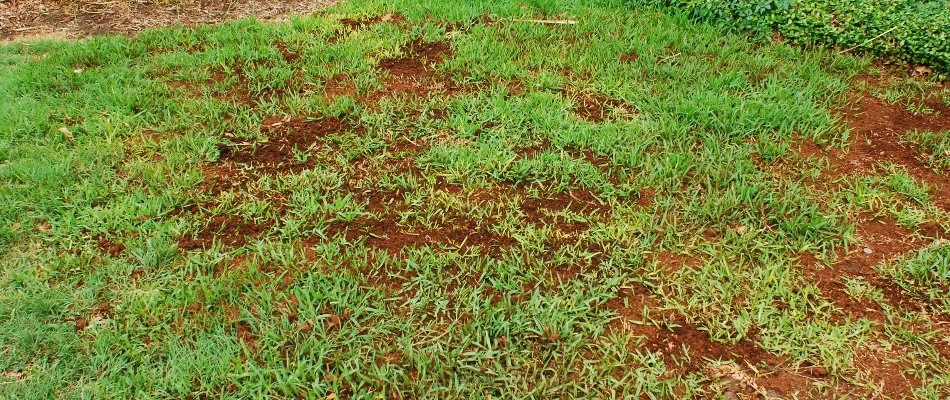
Take-all root rot, also known as TARR, is a common disease that affects weakened turf and is caused by a soilborne fungus. This fungus can impact various types of grasses found in Texas, including St. Augustine, bermudagrass, zoysia, and fescue. The disease thrives in cool temperatures, low light levels, extended periods of high moisture, and poorly drained areas. When take-all root rot sets in, you may first notice yellowing and thinning of your turfgrass, which will later progress into the formation of brown, irregular patches.
Severe instances of take-all root rot can cause extensive areas of a lawn to become bare.
2. Dollar Spot
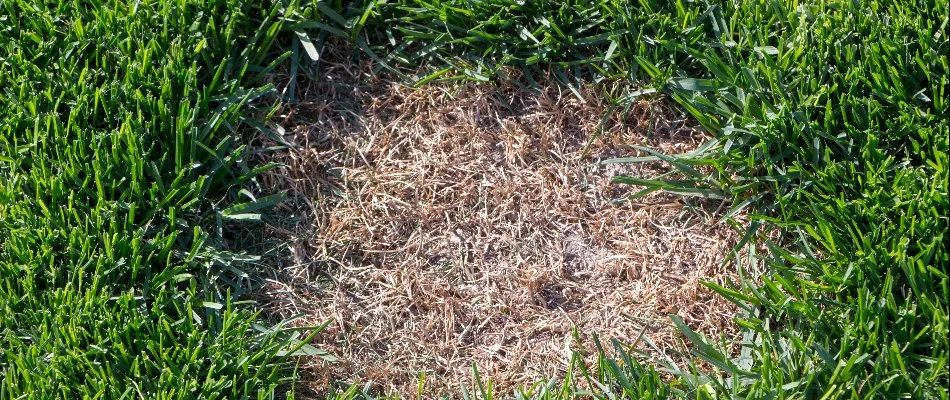
Dollar spot is a fungal disease that commonly develops in Texas lawns, particularly affecting fine fescue grass found on golf courses. It appears as small, discolored spots on the grass blades, which eventually expand into patchy areas of straw-colored grass. Dollar spot tends to affect lawns that are stressed or weakened due to factors such as inadequate watering, compacted soil, or excessive thatch. To prevent dollar spot, it's important to maintain a healthy lawn through proper irrigation, soil aeration, and regular mowing.
3. Brown Patch
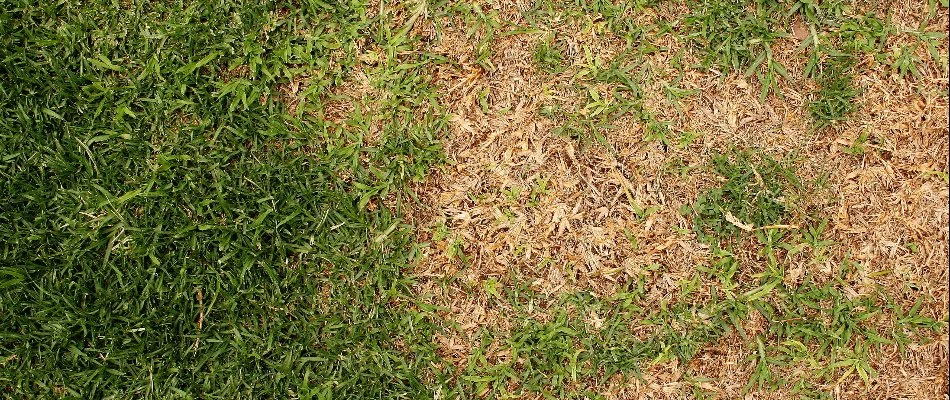
Brown patch is a prevalent turfgrass fungal disease found in Texas, particularly during the hot and humid conditions of summer. This disease is caused by the fungus Rhizoctonia solani. When grass is infected, it initially turns a dark purplish-green color before transitioning to a brown shade, often resulting in a flattened appearance. Several environmental factors contribute to the development and severity of brown patch, including poor soil drainage, lack of air movement, shaded areas, over-watering, and watering in the late afternoon. These conditions lead to prolonged leaf wetness, creating an ideal environment for the fungus to thrive and cause more significant damage to the turfgrass.
4. Gray Leaf Spot
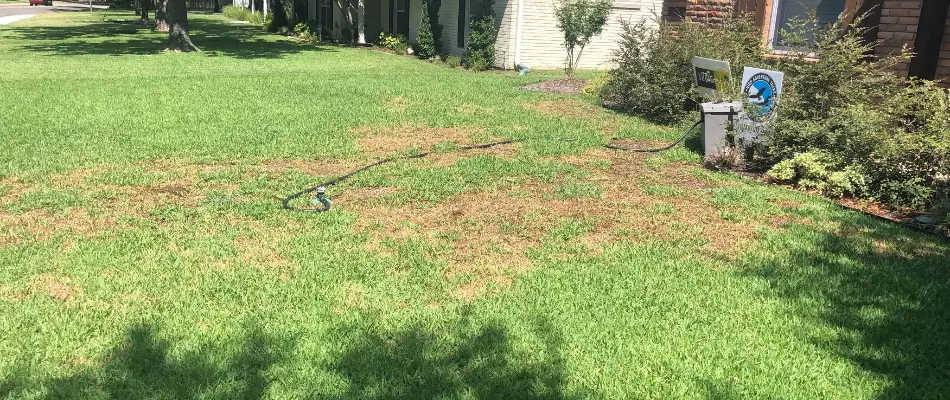
Gray leaf spot is a prevalent fungal disease that affects many species of grass in Texas, particularly during periods of heat and drought stress. This disease typically begins as small, tan, oval spots with dark edges on the border of the grass blades. When the conditions are moist, these spots progress to a gray color and develop spores, giving the affected grass a fuzzy and discolored appearance. As the disease advances, the affected grass blades' edges start to die back from the tip downward, leading to significant damage to the overall lawn appearance.
Gray leaf spot is a lawn disease that primarily affects perennial ryegrass, tall fescue, and St. Augustine grass.
Call to schedule our lawn disease control service!
At Weedex Lawn Care, we understand the unique requirements of maintaining turf in the diverse climate of Texas, and we have proudly been serving homeowners with our exceptional residential lawn care services since 2001. With 23 years of providing lawn care services, we possess the expertise needed to effectively prevent and treat a wide range of lawn diseases including take-all root rot, dollar spot, brown patch, and gray leaf spot. Whether you reside in Dallas, Fort Worth, Arlington, or any other surrounding area in Texas, you can call us at (972) 727-9207 to schedule our lawn disease control service!
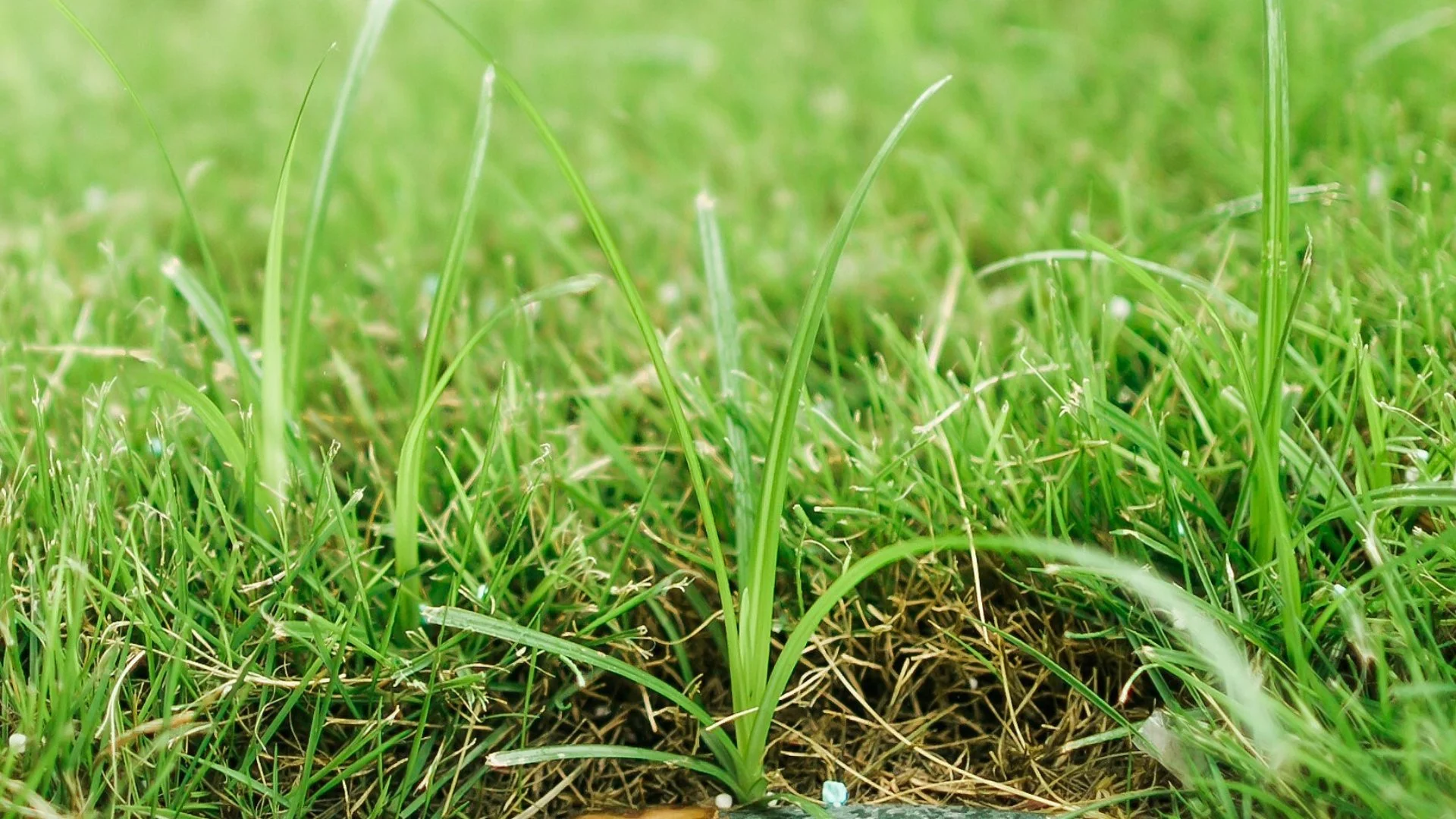

Comments (0)
Thanks for your comment!
Thanks for your feedback! Your comments have been successfully submitted! Please note, all comments require admin approval prior to display.
Error submitting comment!
There is a problem with your comment, please see below and try again.